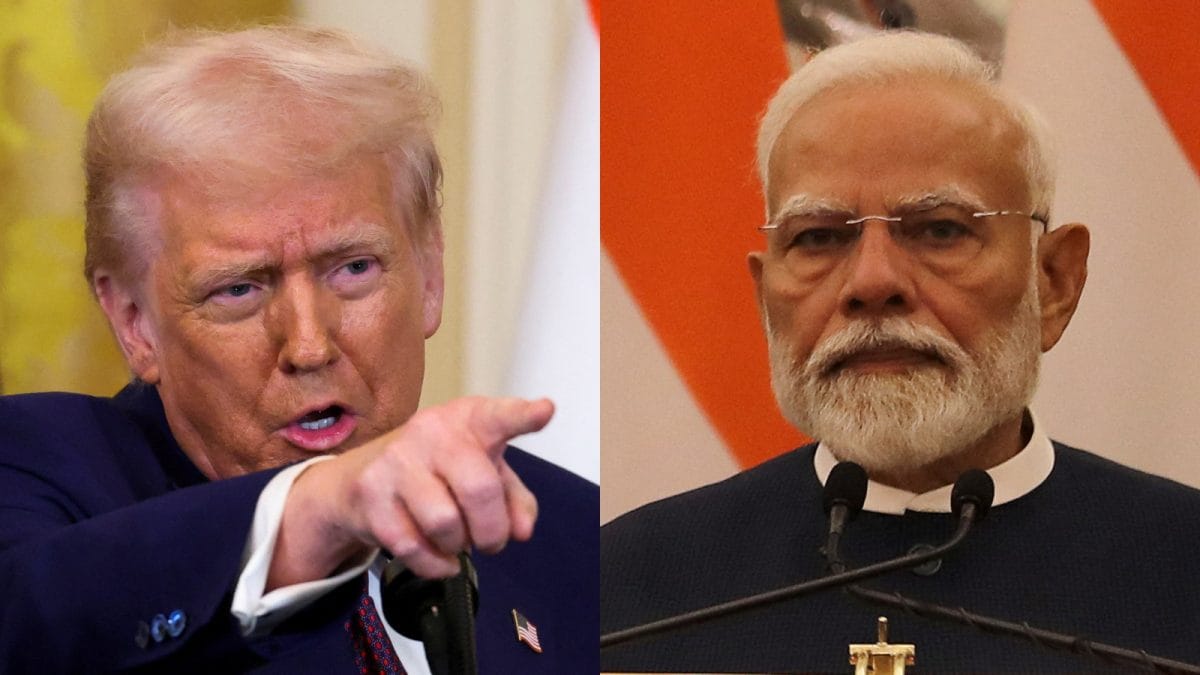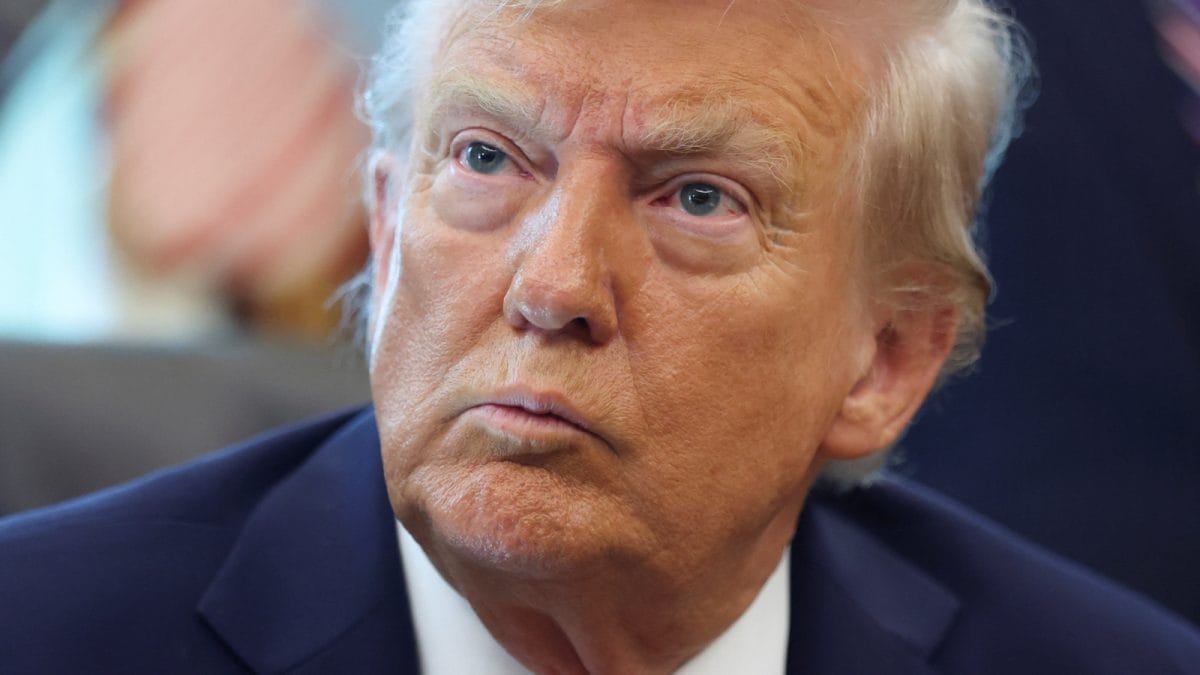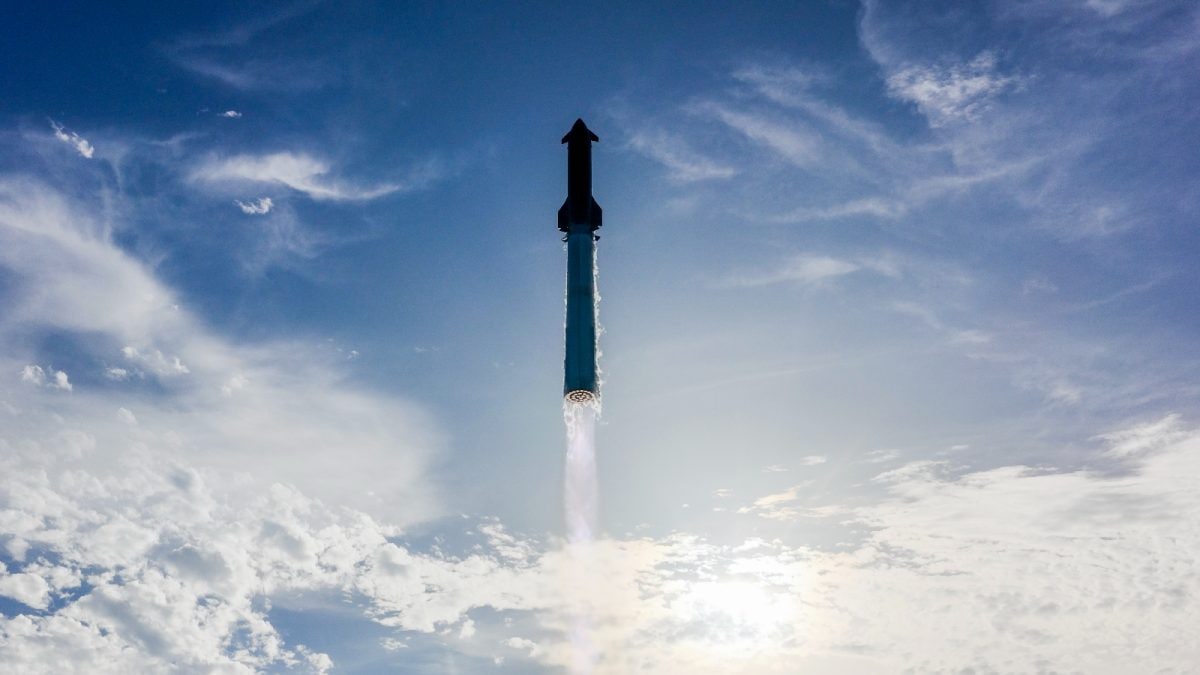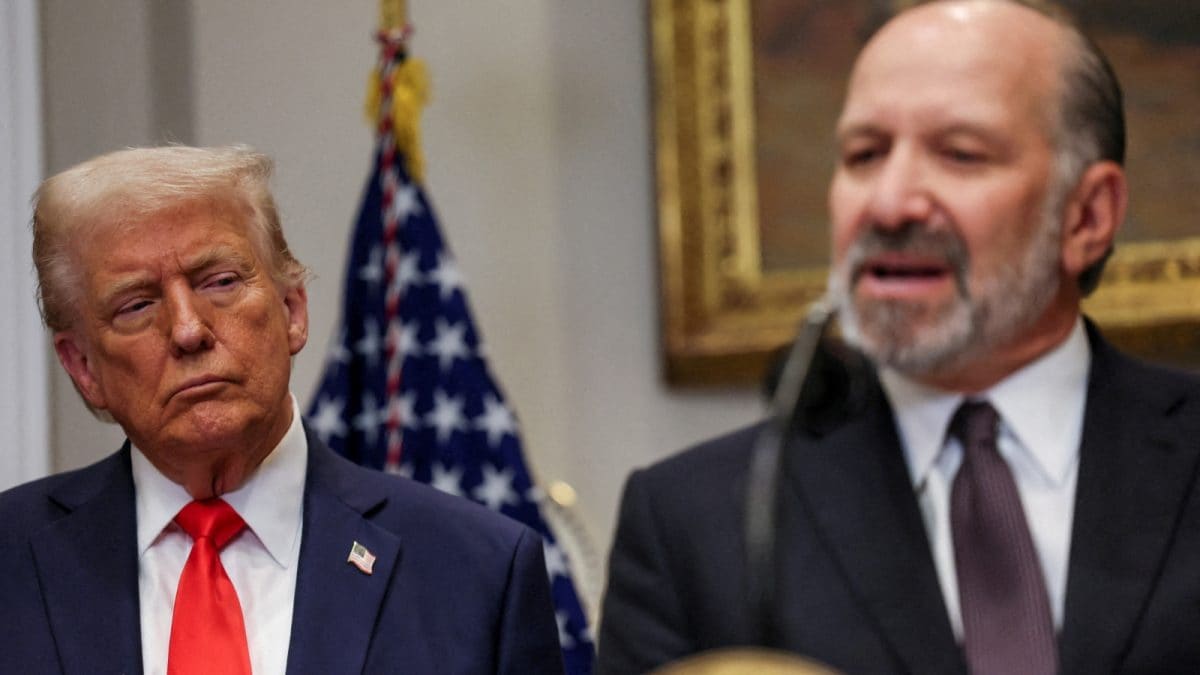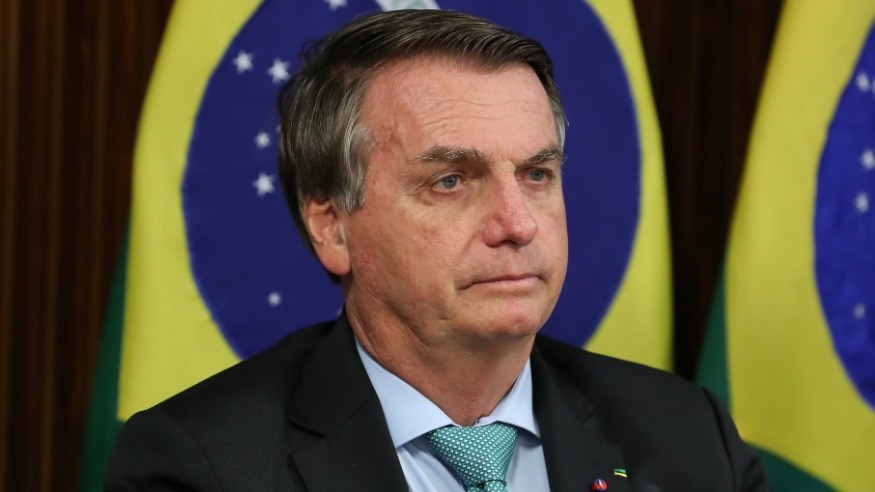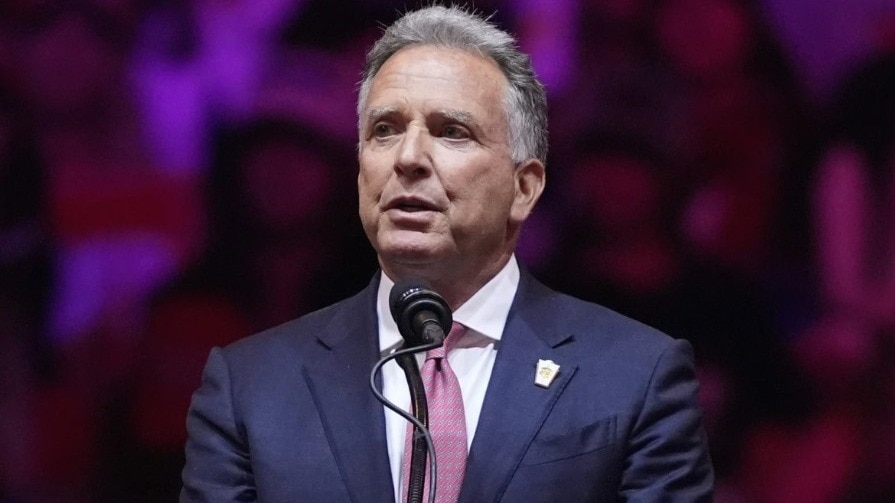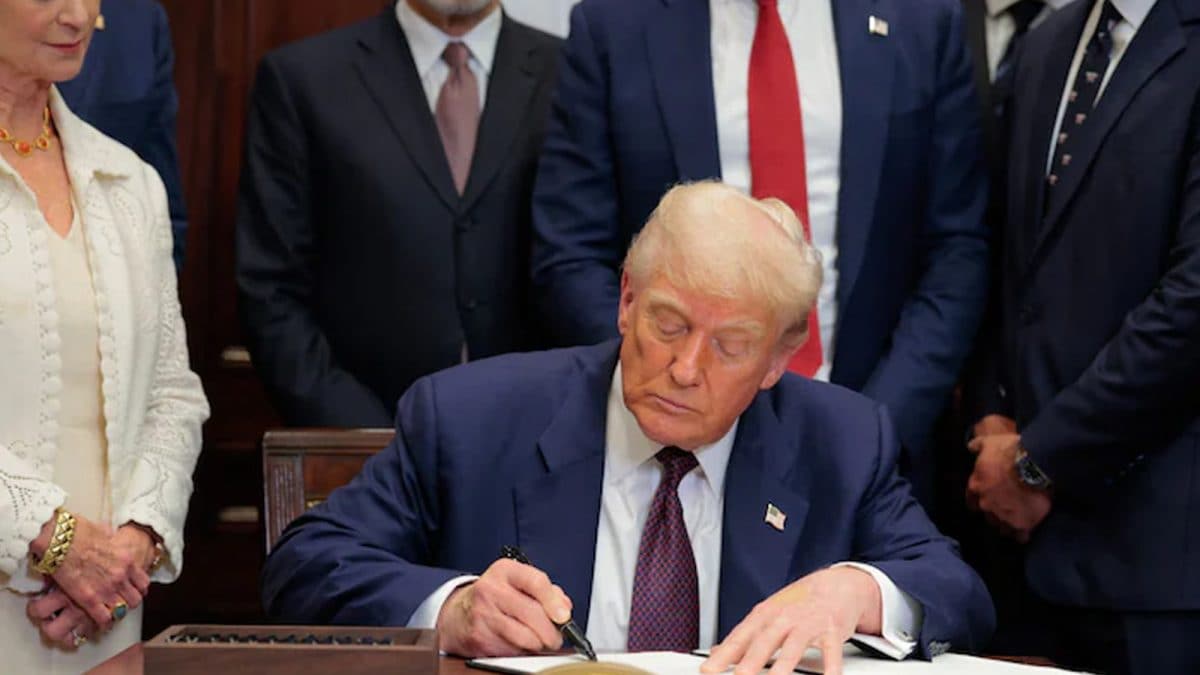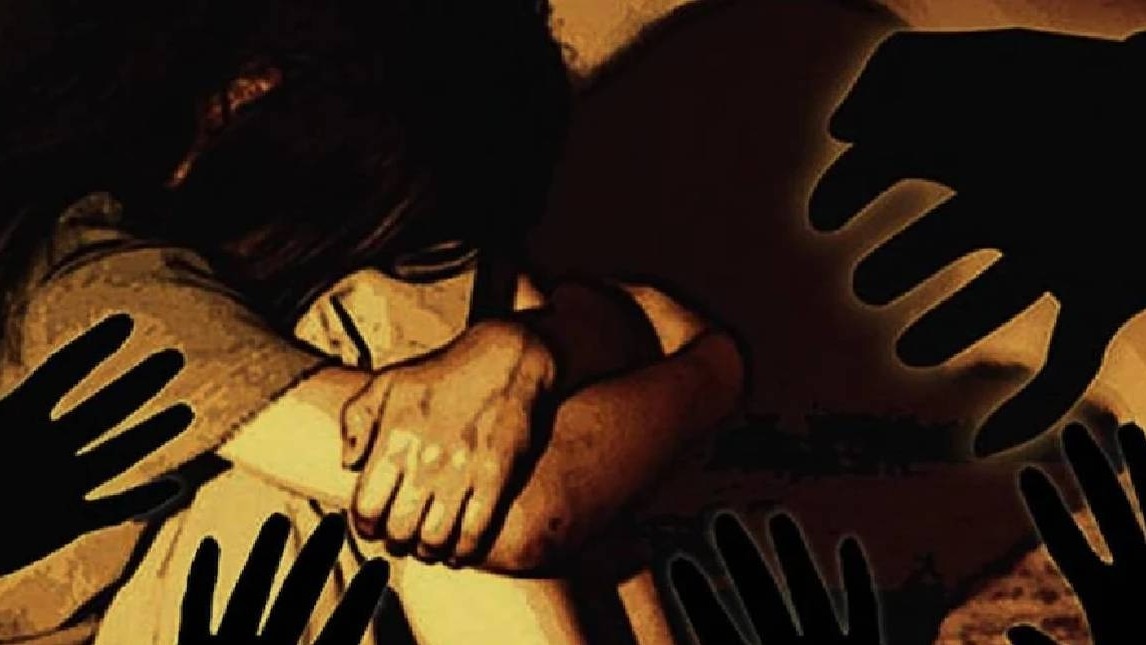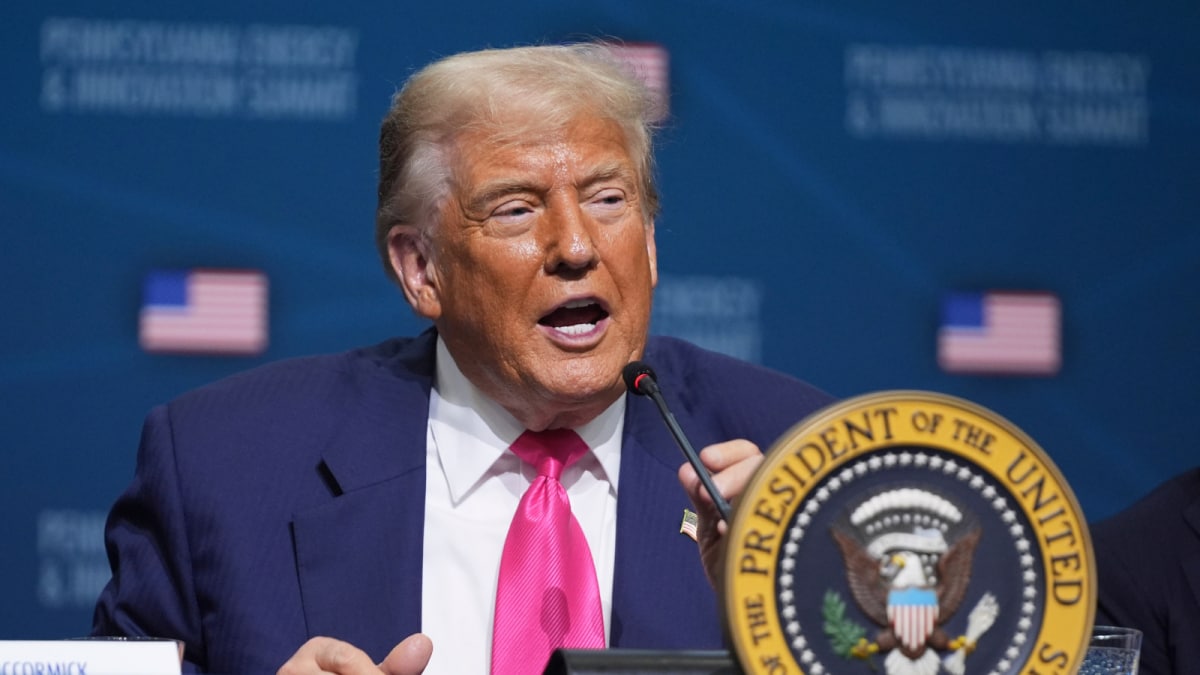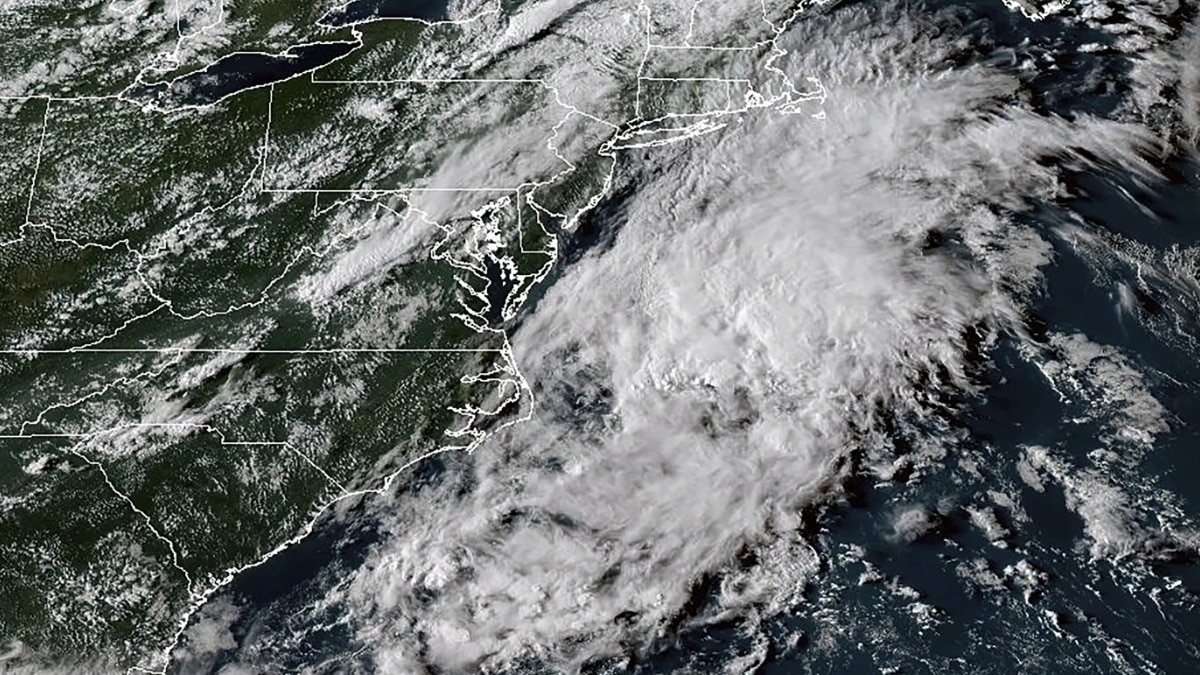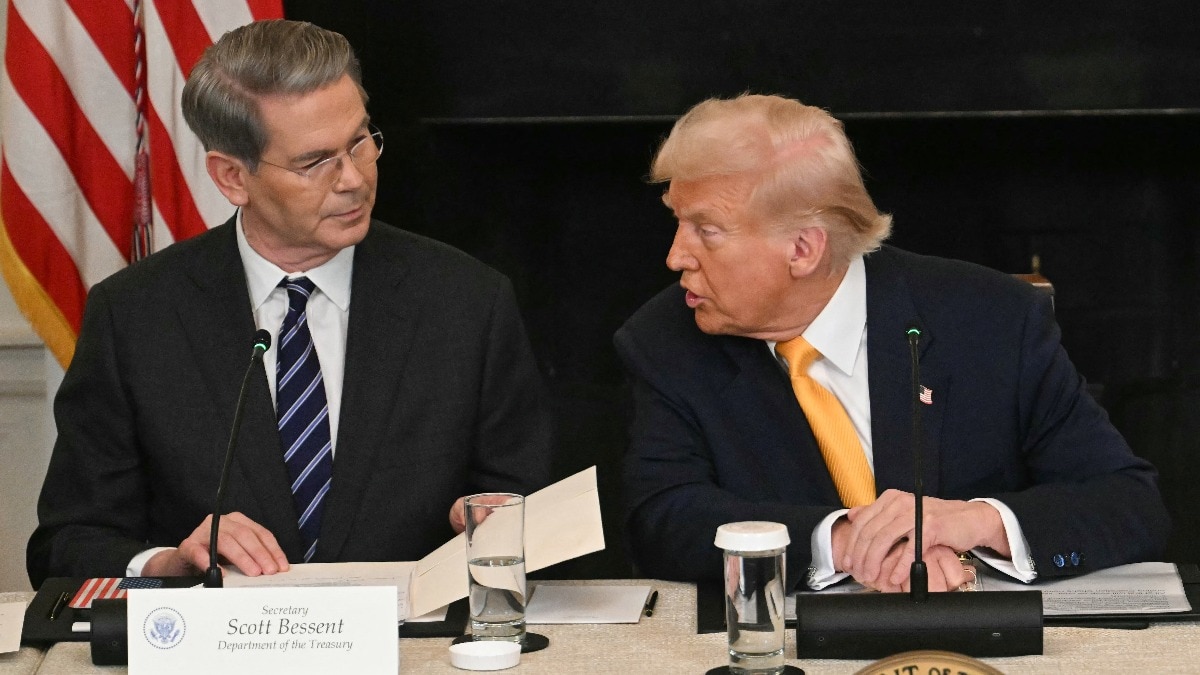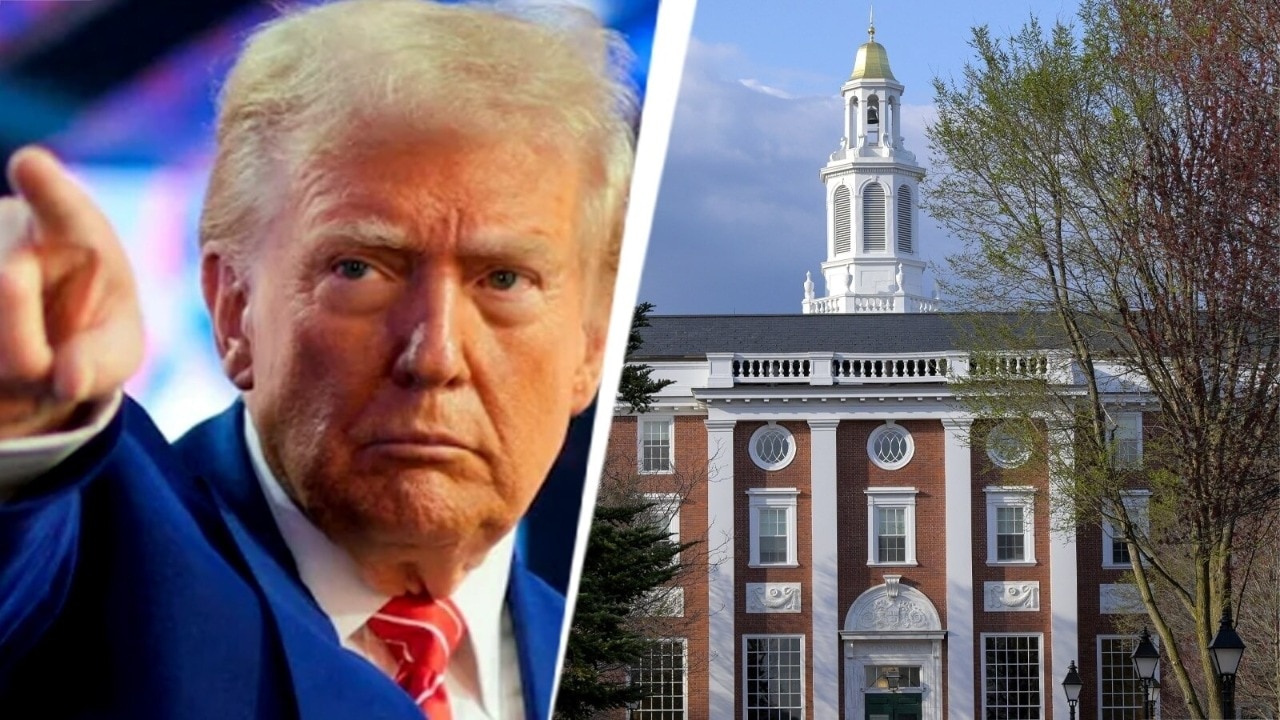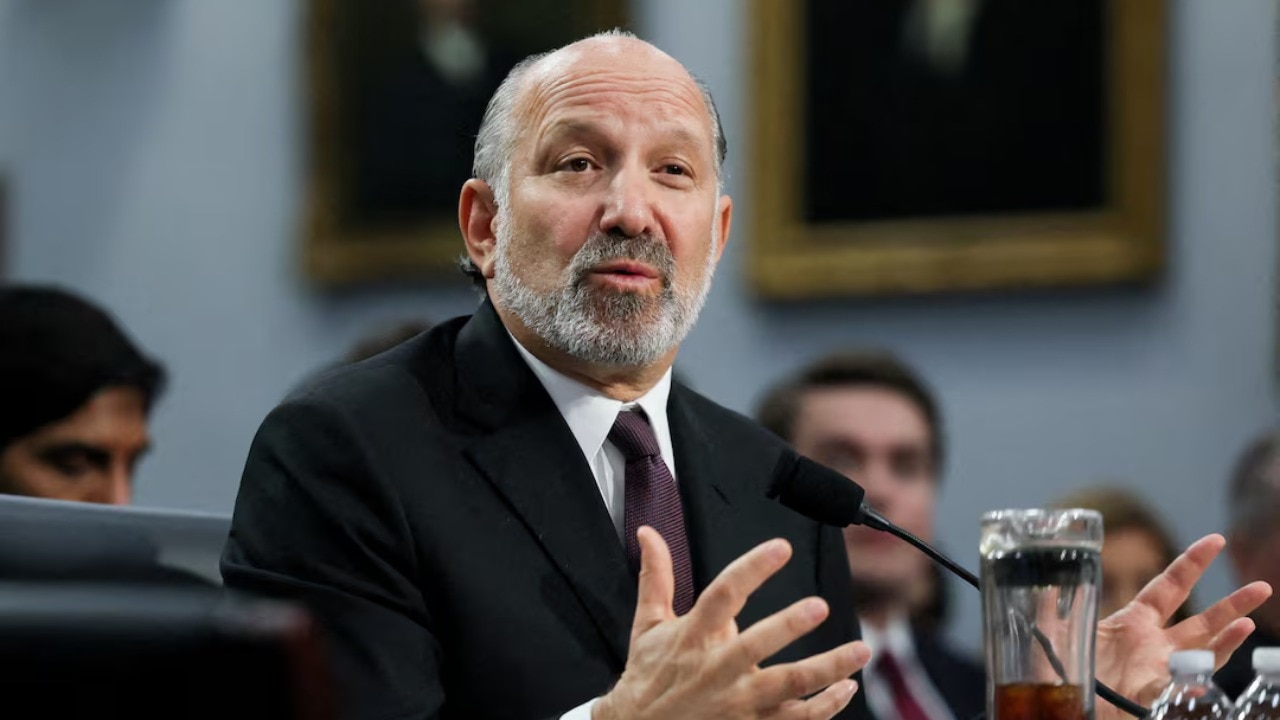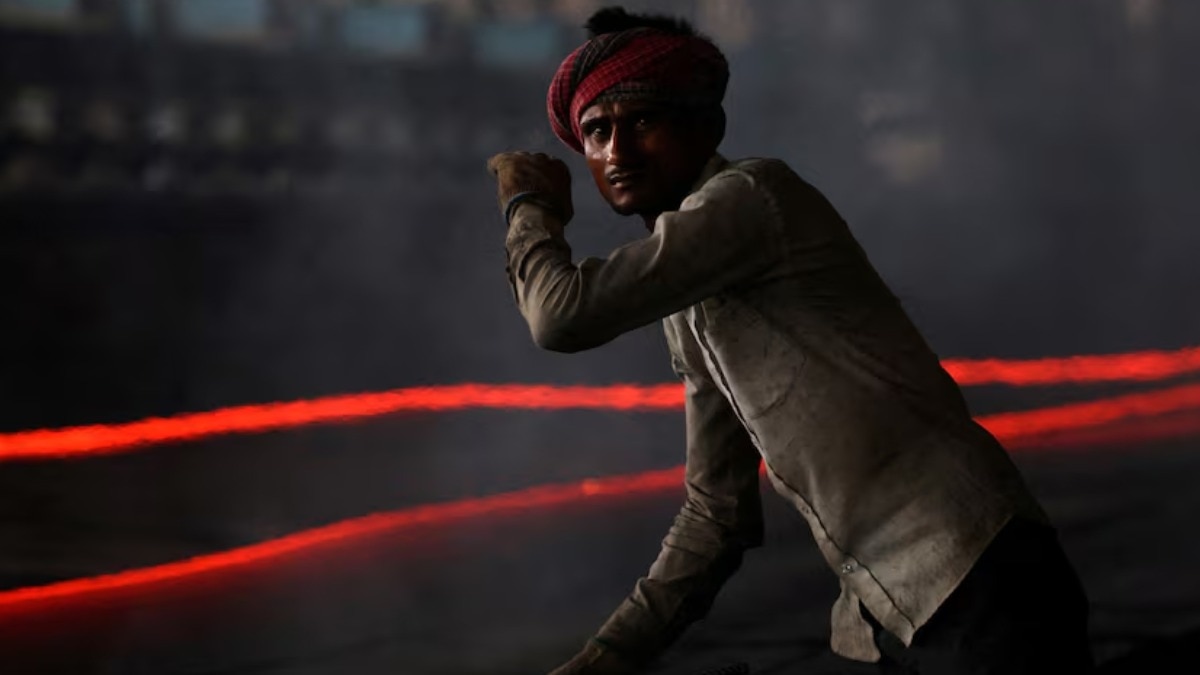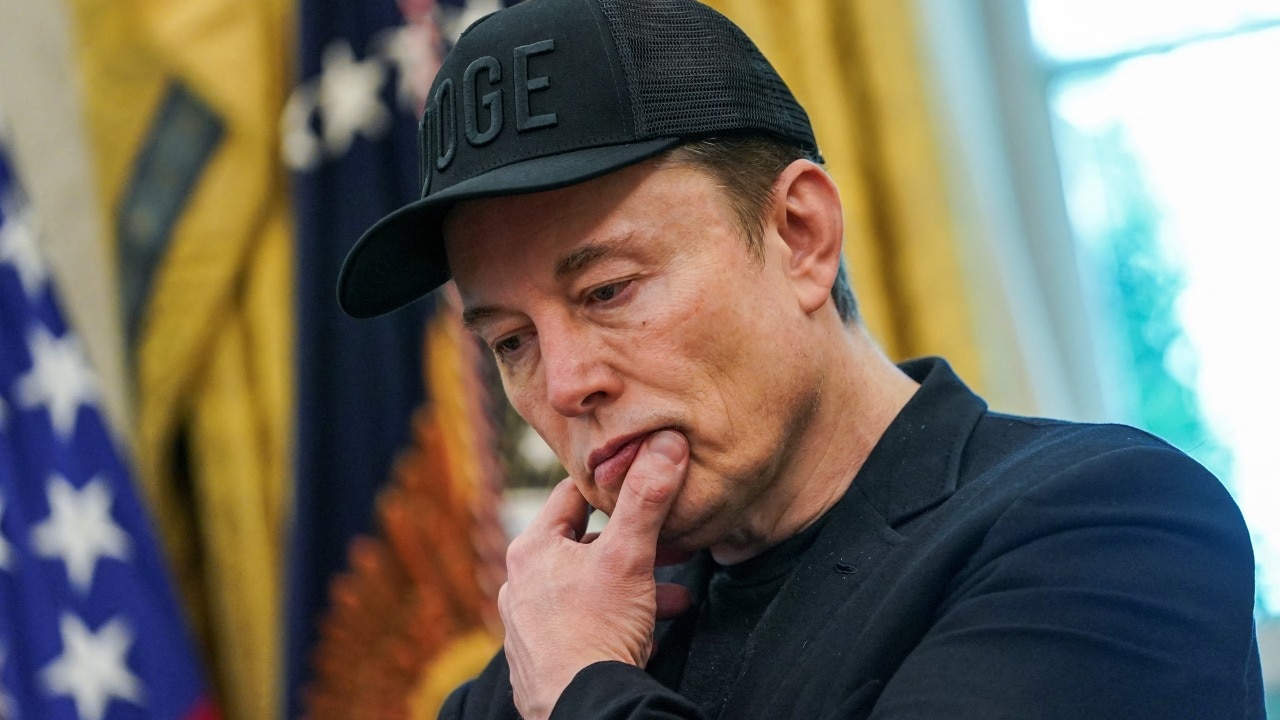The US is set to impose a 50% tariff on Indian goods in just a few hours, escalating tensions over New Delhi's Russian oil imports. PM Modi vows to protect nation's interests.

Prime Minister Narendra Modi and US President Donald Trump. (File Photo)
The United States is set to impose a 50 per cent tariff on Indian goods in just a few hours, raising strains in US-India relations. The Trump administration has signalled that it will not delay the additional levies, which are aimed at pressuring India over its continued purchase of Russian crude oil.
The Trump administration issued a draft notification confirming the step, which will be applied through a additional 25% duty on top of existing tariffs.
According to US President Donald Trump, the higher levies, which double the previous 25 percent tariff, are intended to push Russian President Vladimir Putin toward negotiations with Ukraine.
India, the world’s second-largest purchaser of Russian oil after China, called its purchases an economic necessity.
HERE ARE 10 KEY THINGS TO KNOW
Five rounds of intensive negotiations between March and July 2025, with Indian officials, failed to produce a solid outcome. Following the talks, US President Donald Trump imposed a 25 per cent tariff on Indian imports on July 30, with an effective date of August 7, 2025. He cited India's high tariffs and trade barriers. He also called India’s economy 'dead.'
The US President signed an executive order imposing an additional 25 per cent tariff on Indian goods, bringing the total to 50 per cent on August 6, 2025. The additional tariffs are to be applicable after 21 days from today, coming into effect on August 27, according to an order signed by Trump.
The United States formally issued a public notice on Tuesday imposing an additional 25 percent tariff on imports from India, effective at 12:01 am (EDT) on August 27, or 9:31â€ïam (IST) in India. The notice, issued by the Department of Homeland Security through US Customs and Border Protection (CBP), implements President Donald Trump’s Executive Order 14329, signed on August 6.
The Ministry of External Affairs has previously called the tariffs "unfair, unjustified, and unreasonable," warning that India will take "all necessary steps to protect its national interests."
Speaking in Ahmedabad after launching multiple projects, Prime Minister Narendra Modi said that India would not compromise on the interests of farmers, small industries, and domestic producers. "Pressure on us may increase, but we will bear it all," he said, urging citizens and businesses to prioritise swadeshi goods. PM Modi said that his government will find a way out regardless of the economic pressure by Washington.
On Tuesday, the US State Department and India’s Ministry of External Affairs issued identical statements saying senior officials from both countries’ foreign and defence ministries met virtually on Monday. The officials expressed “eagerness to continue enhancing the breadth and depth of the bilateral relationship.”
The statement added that the two sides discussed boosting defence cooperation, trade and investment, energy security, exploration of critical minerals, and collaboration on counter-narcotics and counter-terrorism efforts.
India has issued no directive yet on oil purchases from Russia. New Delhi’s envoy to Moscow said that India will continue purchasing oil from sources offering the "best deal" despite mounting US tariffs on Indian goods.
"Our objective is energy security of 1.4 billion people of India and India’s cooperation with Russia as well as several other countries has helped to bring about stability in the global oil market," he added.
The tariff escalation could affect broader strategic ties. The US has long aimed to draw India closer through initiatives like the Quad—a security grouping with Australia and Japan designed to counter China. Earlier this year, India’s Foreign Affairs Minister Subrahmanyam Jaishankar expressed willingness to strengthen the Quad’s defense and security focus. Tariff tensions now jeopardise these efforts.
Vice President JD Vance defended the strategy on NBC’s Meet the Press, calling it "aggressive economic leverage" against Russia. He added, "Maybe we will apply additional pressure, or maybe we feel like we are making progress, and we will dial that pressure back. We still have a lot of cards left to play."
According to Reuters, exporter groups estimate that the tariff hikes could impact nearly 55 per cent of India’s merchandise exports to the US, worth around $87 billion, while giving an edge to competitors including Bangladesh, China, and Vietnam.
The sectors hit include textiles and apparel, gems and jewelry, shrimp exports, and leather products.
- Ends
Published By:
Satyam Singh
Published On:
Aug 27, 2025

 3 hours ago
3 hours ago

